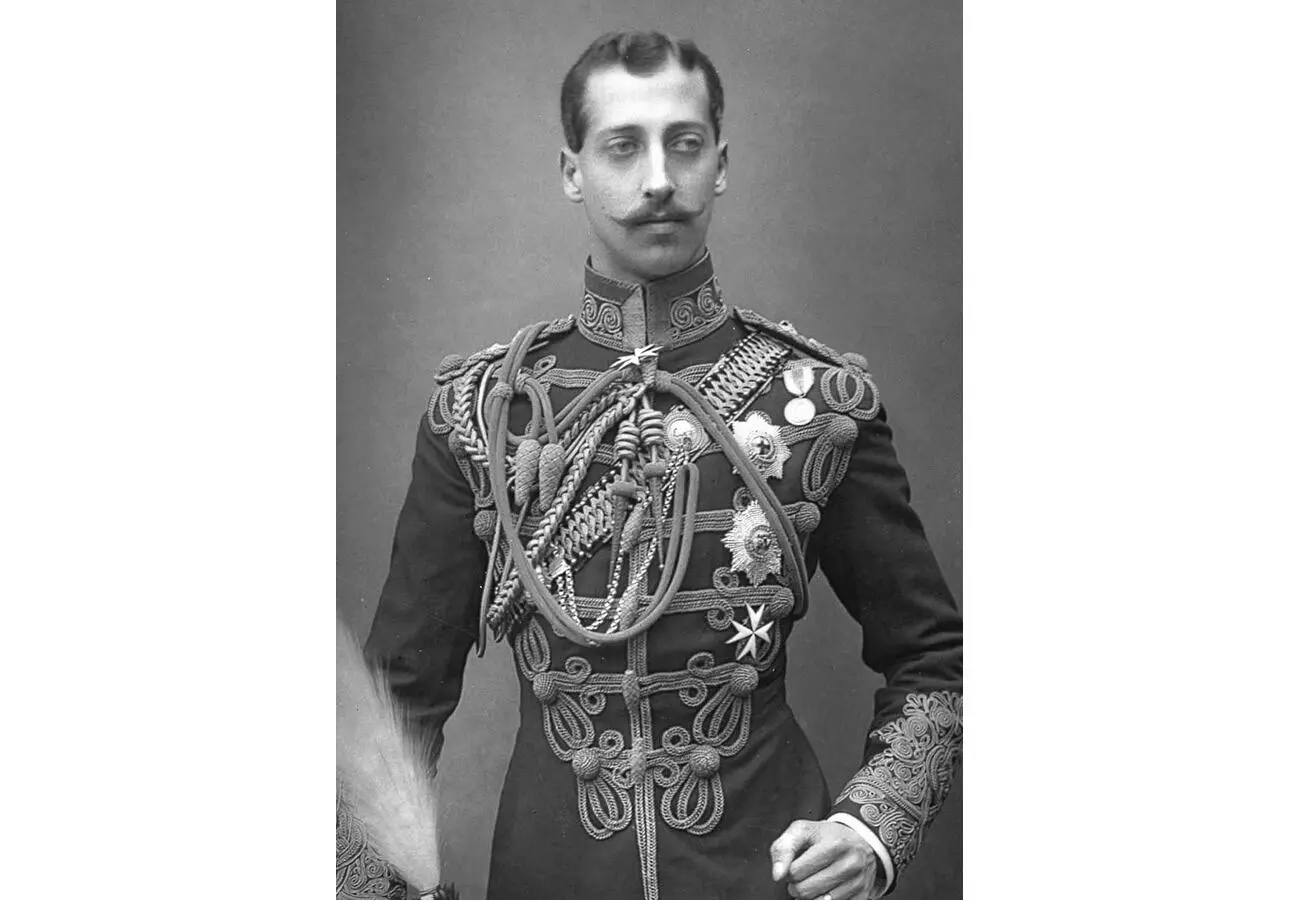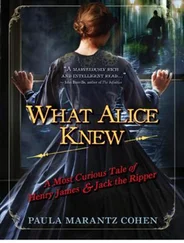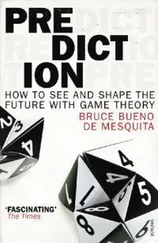1 ...6 7 8 10 11 12 ...17 Except they weren’t. I have good reason to question Kitchener’s veracity, and would put serious money on the true destination of the skull, and its purpose.
My explanation will wait.
The question here is, was Kitchener insane? Dragging a putrescent corpse from its grave and bashing what’s left of it to bits with a hammer isn’t normal, except to certain Victorian politicians. In the House of Lords, Lord Roberts said that any criticism of Kitchener was ‘ludicrous and puerile’, which makes one wonder what he would have thought of a gang of Arabs turning up at Canterbury Cathedral with crowbars to heave out the body of St Thomas à Becket.
The Victorian Establishment always had it their own way, and therein lies the answer to my facetious question. Of course Kitchener wasn’t insane. He was one of the most revered officers in the British Army, and would go on doing what he did for another twenty years. He was a Boy’s Own hero, rewarded with a peerage, as Lord Kitchener of Khartoum. A top-hole chap and an intimate of the elite, he was the ruling class. Like his boss Lord Wolseley, and indeed like his King to be, he was an eminent Freemason.
There was no deficiency in this man’s faculties – the exhumation and destruction of the Mahdi’s corpse wasn’t mad cruelty in the passion of battle, it was a calculated and premeditated act. What motivated Kitchener to dig up and violate that stinking cadaver was hate. Hate.
With that hammer in his hand, Kitchener belonged to Satan.
Satan, wrote Milton, ‘was the first That practised falsehood under saintly shew, Deep malice to conceal, couch’d with revenge’.
In the autumn of 1888, no less a personage than Milton’s fearful inspiration was about his business of revenge in London’s East End. Like Kitchener, his intent was premeditated (he too carried a weapon of extreme suitability – not a hammer, but a knife). Unlike the revered soldier, the Ripper’s hate wasn’t so easily satiated. He rehearsed it again and again. And unlike Kitchener, the Whitechapel Fiend had a witty and macabre sense of fun.
There are three things, even at this juncture, that can be stated with reasonable confidence about our ‘Simon-Pure’, as Sir Melville Macnaghten calls him in his monkey-brained book.37
1) He was not a ‘madman’.
2) He was physically and emotionally strong.
3) And the one thing we can be absolutely certain of is that ‘Jack the Ripper’ did not look like ‘Jack the Ripper’.
No fangs. No failures.
Although complaints about underfunding and undermanning were endless, Whitechapel had not a few policemen on the beat. They were in plain clothes and in uniform, and they weren’t up to much. ‘The Chiefs of the various divisions, who are, generally speaking, disgusted with the present arrangement, will sometimes call one of these yokels before him to see how much he really does know. “You know, Constable, what a disorderly woman is?” “No,” said the Constable. The officer went through a series of questions, only to find that the man was ignorant of the difference between theft and fraud, housebreaking and burglary, and his sole idea of duty, was to move everyone on, that he thought wanted moving on.’38
Constable Walter Dew, though perhaps smarter than most, was one of the above. He was a young beat copper at the time of the Ripper. Many years later he published an honest, if occasionally inaccurate, autobiography recalling his memories of the crisis. ‘Sometimes,’ wrote Dew, ‘I thought he [the Ripper] was immune. Was there something about him that placed him above suspicion?’39
You nearly hit the nail on the head, Mr Dew, but it was more fundamental than that. It wasn’t something about the Ripper; I’m afraid it was something about you .
When the Empress proclaimed that ‘No Englishman could commit such crimes,’ there was an implicit corollary. What she actually meant was, ‘No English gentleman could possibly commit such crimes.’
‘The London police regard the frock coat and the silk hat as the appenage of the gentleman, and no one so dressed is ever likely to be roughly handled, even if he forgets himself so far as to dispute a member of the force.’40
Walter Dew couldn’t have seen Jack the Ripper if he had been standing on his big toe. Like a dose of curare, the lethal anaesthetic of class could stop a London copper in his tracks. Murderers and fiends, in this hierarchy of delusion, did not include anyone of a superior social position. Gentlemen only went to the East End to slum it, for a bit of a lark.
Here’s a contemporary description of one such toff: ‘The most intense amusement has been caused among all classes of the London world by the arrest last week of Little Sir George Arthur on suspicion of being the Whitechapel Murderer. Sir George is a young Baronet holding a captaincy in the Regiment of Royal Horse Guards, and is a member of the most leading clubs in town.’
He was also, just in case we haven’t quite got the picture, ‘a great friend of the late Prince Leopold, Duke of Albany’. Anyway, one night – and I’m so tickled I can hardly write it – Sir George joined the ‘scores of young men, who prowl around the neighbourhood in which the murders were committed, talking with the frightened women and pushing their way into overcrowded lodging houses’.
This was obviously topping fun, and providing ‘two men kept together and do not make a nuisance of themselves, the police do not interfere with them’.
It was all a heady wheeze, and now comes the quite delightful dénouement:
He put on an old shooting coat and a slouch hat, and went down to Whitechapel for a little fun … It occurred to two policemen that Sir George answered very much the popular description of Jack the Ripper. They watched him, and when they saw him talking to women they proceeded to collar him. He protested, expostulated and threatened them with the vengeance of Royal wrath. Finally, a chance was given to him to send to a fashionable Western [i.e. West End] club to prove his identity, and he was released with profuse apologies for the mistake. The affair was kept out of the newspapers. But the jolly young baronet’s friends at Brooks’s Club considered the joke too delicious to be kept quiet.41
In other words, you only had to flash the Victorian equivalent of a Platinum Amex to get an apology and be on your way. The French Sûreté, infinitely superior to its British equivalent at Scotland Yard, suffered no such upper-crust delusions. ‘Handcuffed Though Clearly a Gentleman’ is the title of this cartoon from 1892. Some English con artist called Ferguson Purdie had been arrested on a charge of pickpocketing at the Auteuil races. The French police had him in ‘cuffs’, and the Illustrated London News went into shock. He was Clearly a Gentleman! All the elements of British class absurdity and wooden-headed xenophobia are encapsulated in this little sketch.

You couldn’t have got more ‘gentleman-like’ than the regal son of that most regal gentleman Edward, Prince of Wales. Prince Albert Victor, Victoria’s grandson and later the Duke of Clarence, one of England’s most eminent Freemasons, used to frequent a male brothel at the house of Charles Hammond, in Cleveland Street in the West End of London. It cost a guinea to sodomise a boy, and as befitted the Prince’s rank, the clientèle were strictly top nobs.

The police had had an eye on the place for some while, keeping a discreet record of the aristocratic comings and goings. Among the officials assigned to this unsavoury calendar was Detective Inspector Frederick Abberline. (He was also on the streets with the Ripper enquiries, and was thus a busy man, of whom we shall be hearing more.)
Читать дальше













